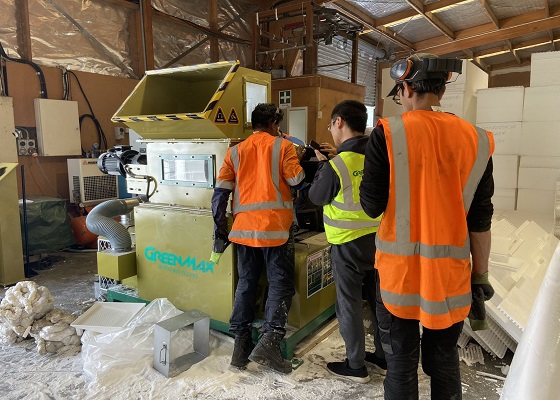Have you ever understood how to make EPS foam, which is a commonly used product packaging in our lives? In fact, this is not a simple process. It not only requires a certain amount of raw materials, but also requires complex processes.
The raw materials required to make EPS (expanded polystyrene) foam mainly include:
1. Polystyrene resin: This is the basic component of EPS. It is made by polymerizing styrene monomer and provides the structure and strength of the foam.
2. Foaming agent: Light hydrocarbons (such as hexane or butane) are usually used as foaming agents, which generate gas when heated, causing the resin to expand to form foam.
3. Stabilizer: Additives such as antioxidants and UV absorbers to improve the durability and stability of EPS and extend its service life.
4. Colorants: If you need a specific color of EPS, you can add non-toxic colorants to meet different application needs.
5. Other additives: Flame retardants or antistatic agents are sometimes added to enhance the functionality of EPS.

Through the combination of these raw materials, EPS foam with excellent thermal insulation, light weight and impact resistance is produced, which is widely used in packaging, construction and insulation materials and other fields.
Precisely because this process is not simple and the energy consumption is not small, it is now advocated to actively use EPS recycled materials for production, which is also a more common sense method. If you want to recycle waste EPS, the most important step is to squeeze out the air in the EPS and mix it with new EPS materials in a certain proportion. The compression ratio of GREENMAX EPS densifier can reach 90:1. The EPS ingots produced by compression using EPS densifier can be made into high-quality plastic particles, which can then be put into new production and manufacturing.
GREENMAX not only provides EPS densifiers, but also buys back EPS ingots. It also has its own granulation and manufacturing plants to steadily purchase waste materials and turn waste into treasure.
